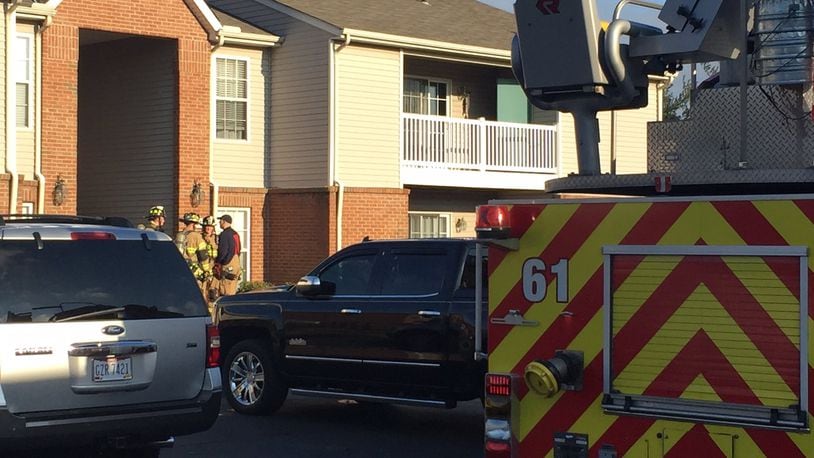It was a faulty furnace that sent five Beavercreek residents to Soin Medical Center on Friday morning, firefighters said. Beavercreek Twp. Fire Department responded to the apartment complex in the 400 block of Love Lane.
Hospital’s employees identified common symptoms among the ill and alerted authorities. The fire crews checked the entire building and found one unit had a problem with carbon monoxide.
“This time of year, every department is going to see an increase in carbon monoxide calls,” said Lt. Ryan Williams.
“The key to staying safe is never run generators inside the home, have your furnaces inspected, ventilate your homes, keep air flowing,” Williams said. “But most importantly, have that carbon monoxide detector in the home.”
StormCenter 7 Chief Meteorologist Eric Elwell said the forecast this weekend will continue to be cold and potentially hazardous, meaning weather awareness should be on the minds of homeowners and tenants alike.
“We’re not anticipating getting above freezing until sometime late Sunday afternoon into Sunday evening, which is why our weather Sunday is tricky,” Elwell said. “We do have a storm coming in late Saturday night. We think that could allow snow to develop, especially for the northern half of the Miami Valley.”
The Centers for Disease Control and Prevention recommends against using portable flameless heaters, charcoal and gas camp stoves indoors. In addition to furnaces, the CDC recommends checking and cleaning residential chimneys every year.
“Whether you have a gas furnace, or a gas stove or a gas water heater, what you need to do is have regular maintenance done on it every year,” said Greg McAfee, of McAfee Heating and Air. He recounted a recent service call in Riverside as another example of why routine maintenance is needed.
“We just ran a call the other day, we had 4,000 parts-per-million in a home coming from a 1955 gas oven and a 10-year-old furnace that had not been maintained,” McAfee said. “That’s deadly.”
About 1-2 parts-per-million of CO in the air is normal from cooking stoves and outdoor traffic, according to Iowa State University. Human exposure to 800 parts-per-million CO will cause death within 2-3 hours, according to ISU, and malfunctioning furnaces, water heaters and kitchen ranges typically produce concentrations exceeding 1,600 parts-per-million.
“We want to make sure the furnace is operating safe and burning clean and not putting off any carbon monoxide,” said Shane Wiget, Tanner Heating and Air Conditioning service manager. “We are dealing with combustible fire inside of your house. We want to make sure that there’s nothing that’s going to let that get out of the furnace cabinet.”
Temperatures will moderate in the early half of next week, Elwell said, but will return below freezing by mid-week, with potential for snow and bitter cold again Wednesday.
“It is very much time for people to be weather aware,” Elwell said. “If they haven’t done so already, hopefully this recent cold is a good reminder. Hopefully they’ve taken precautions and have their heating sources — oil, gas, firewood — ready to go, because we’re not going to have any let up from the cold.”
NewsCenter 7 reporters John Bedell and Rachel Murray contributed to this story.
TEAM COVERAGE
StormCenter 7’s team of meteorologists works to keep your family safe in severe weather. Download the WHIO Weather App from your smartphone’s app store. The free service provides timely weather alerts from the experienced team you count on.
About the Author
